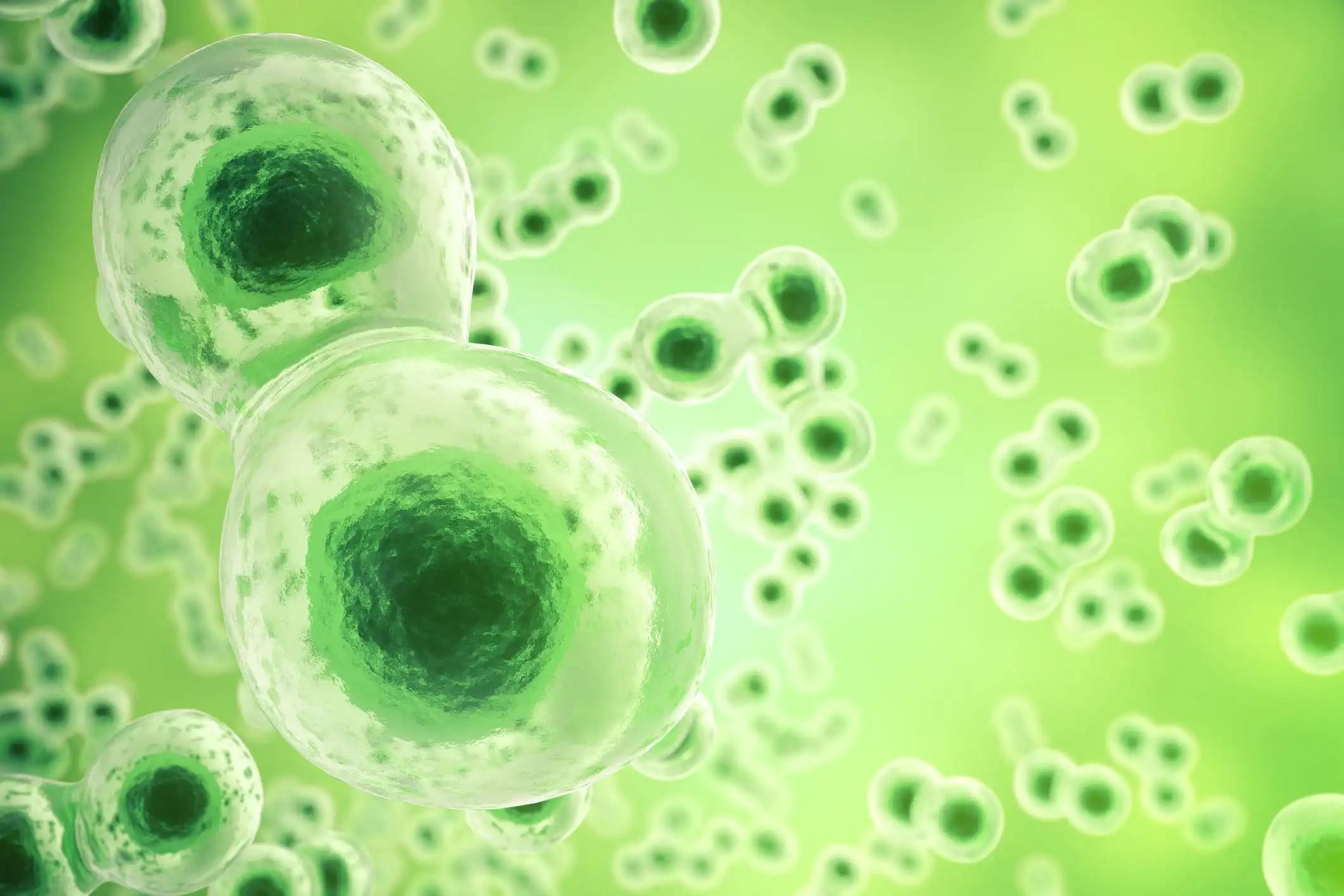KEY TAKEAWAYS
- The study aimed to assess CA anticancer potential by inducing apoptosis in NSCLC cells via AMPK/mTORC1 pathway modulation.
- The study concluded that CA inhibits NSCLC cell viability via autophagy induction through the Sestrin-2/LKB1/AMPK signaling cascade.
Non-small cell lung cancer (NSCLC), constituting approximately 80% of lung cancer cases, poses a significant clinical challenge due to its resistance to chemotherapy and radiation therapies. Novel treatment strategies are imperative to address this pressing issue.
LKB1, a tumor suppressor gene frequently mutated in NSCLC, plays a pivotal role by activating AMP-activated protein kinase (AMPK). This activation subsequently inhibits the mammalian target of rapamycin complex 1 (mTORC1) and activates unc-51-like autophagy activating kinase 1 (ULK1), promoting autophagy.
Sestrin-2, a stress-responsive protein, enhances the LKB1-dependent activation of AMPK, thereby functioning as a tumor suppressor in NSCLC. Previous research has highlighted the potential of rosemary (Rosmarinus officinalis) extract (RE) in activating the AMPK pathway, inhibiting mTORC1, and ultimately inducing apoptosis in NSCLC cells.
Eric O’Neill and his team spearheaded the study that aimed to investigate the anticancer potential of carnosic acid (CA), a bioactive polyphenolic diterpene compound found in RE.
The results showed that treatment of H1299 and H460 NSCLC cells with CA led to concentration and time-dependent inhibition of cell proliferation, assessed via crystal violet staining and 3H-thymidine incorporation, along with concentration-dependent inhibition of survival, evaluated through a colony formation assay.
Furthermore, CA induced apoptosis in H1299 cells, evidenced by decreased levels of B-cell lymphoma 2 (Bcl-2), increased levels of cleaved caspase-3, -7, poly (ADP-ribose) polymerase (PARP), Bcl-2-associated X protein (BAX), and enhanced nuclear condensation. These antiproliferative and proapoptotic effects coincided with the upregulation of sestrin-2 and phosphorylation/activation of LKB1 and AMPK. Downstream of AMPK signaling, CA increased levels of the autophagy marker light chain 3 (LC3), a well-established autophagy marker. Inhibition of autophagy with 3-methyladenine (3MA) blocked the antiproliferative effect of CA.
The study concluded that CA effectively inhibits NSCLC cell viability by inducing autophagy through the Sestrin-2/LKB1/AMPK signaling cascade. Future experiments will employ siRNA and small molecule inhibitors to understand further these signaling molecules’ roles in CA’s mechanism of action alongside tumor xenograft models for in vivo assessment of CA’s anticancer properties. Funding was provided by the NSERC Canada Graduate Scholarship.
Source: https://pubmed.ncbi.nlm.nih.gov/38396629/
O’Neill EJ, Sze NSK, MacPherson REK, et al. (2024) ‘’Carnosic Acid against Lung Cancer: Induction of Autophagy and Activation of Sestrin-2/LKB1/AMPK Signalling.’’ International Journal of Molecular Sciences. 2024; 25(4):1950. https://doi.org/10.3390/ijms25041950.



